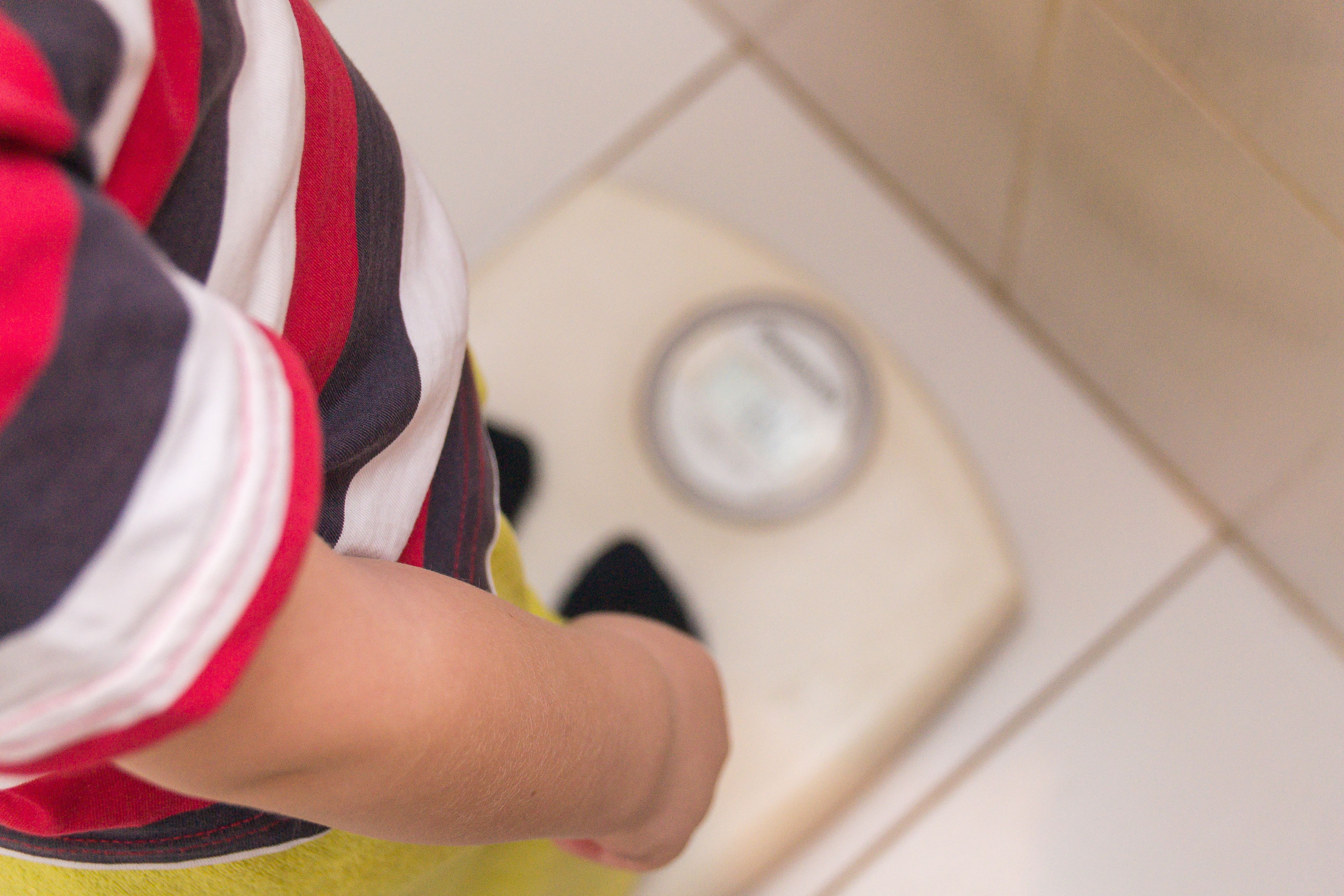Article highlights
- Early childhood obesity treatment for children aged 4 to 6 shows promise in reducing BMI.
- Parental involvement significantly improves treatment effectiveness.
- Initiating treatment in early childhood may prevent the need for bariatric surgery in adolescence.
- The 4-year More and Less Study involved 177 families with obese children.
- A 10-week parent support program with booster sessions yielded the best results, highlighting the importance of parental engagement.
Data from the More and Less Study suggests early childhood may not be too early to begin obesity treatment, with results indicating increased parental involvement could also improve the effectiveness of treatment.
In the face of a burgeoning obesity epidemic, results of the 4-year study, which examined the impact of initiating different obesity treatments in children aged 4 to 6 years old, demonstrate initiating weight loss treatment in children this age could help address all 3 interventions led to improvements in body mass index (BMI), with the greatest treatment effect observed in those also receiving parental support.1
“Treating children at that age is much more effective than if you start treating them in their teens,” said principal investigator Paulina Nowicka, associate professor in Pediatric Science at the Department of Clinical Science, Intervention and Technology of Karolinska Institutet and professor of Food Studies, Nutrition and Dietetics at Uppsala University. “Some adolescents are looking at possible bariatric surgery and we hope that this can be avoided with earlier treatment.”
Launched in 2012, the More and Less study was a 12-month randomized controlled trial led by the Karolinska Institutet and conducted at sites in Sweden from 2012 through 2017. The trial recruited 177 families, including 171 who underwent randomization and were included in modified intention-to-treat analyses.1
For inclusion in the trial, families needed to include a child who was 4 to 6 years old and had obesity according to the International Obesity Task Force (IOTF) definition. Those included in the trial were randomized in a 1:1:2 ratio to 1 of 3 treatment approaches: a 10-week parent support program lasting 1.5 hours per week with follow-up booster sessions (PGB), the same intervention without booster sessions (PGNB), and standard outpatient treatment.1
At baseline, children receiving treatment had a mean age of 5.3 (Standard Deviation [SD], 0.8) years, a mean BMI-SDS of 3.0 (SD, 0.6), a mean BMI of 21.5 (SD, 1.9) kg/m2. At follow-up, the mean age was 9.5 (SD, 0.8) years, mean BMI-SDS was 2.6 (SD, 0.6), and mean BMI was 25.6 (SD, 3.8) kg/m2.1
The primary outcome of interest was change in standard deviation score (BMI-SDS). Secondary outcomes of interest included %IOTF25, which was calculated as child’s BMI divided by the sex- and age-adjusted IOTF BMI cut-off for overweight in children times 100, with a score of 100 considered the cut-off for overweight.1
Analysis of 48-month data suggested the mean BMI-SDS was reduced in all groups, with no significant differences between groups:1
- PGB, −0.45; 95% CI, −0.18 to −0.73; P < .001)
- PGNB −0.34; 95% CI, −0.13 to −0.55; P < .001)
- Standard: −0.25; 95% CI, −0.10 to −0.40; P < .001)
Further analysis indicated a clinically significant reduction of 0.5 or more in BMI-SDS occurred among 53.7% of the PGB arm compared to 33% of the standard treatment arm (Risk Ratio [RR], 2.03; 95% Confidence Interval [CI], 1.27 to 3.27; P = .003) and 46.5% among the PGNB arm (RR, 1.51; 95% CI, 0.91 to 2.53; P = .113). Investigators pointed out a reduction of 0.25 or greater in BMI-SDS was more common among the PGB (RR, 1.84; 95% CI, 1.31 to 2.60; P <.001) and PGNB (RR, 1.56; 95% CI, 1.06 to 2.30; P = .025) arms than among those in the standard treatment arm.1
“Such conversations can centre on how to set boundaries, how to teach children new behaviours and how to communicate with preschools, grandmothers, neighbours and other adults in the children’s world,” Nowicka added.2
References:
- Ek A, Brissman, M, Nordin K, Eli K, Nowicka P. A long-term follow-up of treatment for young children with obesity: a randomized controlled trial. International Journal of Obesity. Published online September 17, 2023. doi:10.1038/s41366-023-01373-7
- Karolinska Institutet. Early treatment of child obesity is effective. EurekAlert! September 17, 2023. Accessed September 18, 2023. https://www.eurekalert.org/news-releases/1001281.
This article was initially published by our sister publication, HCP Live®.
